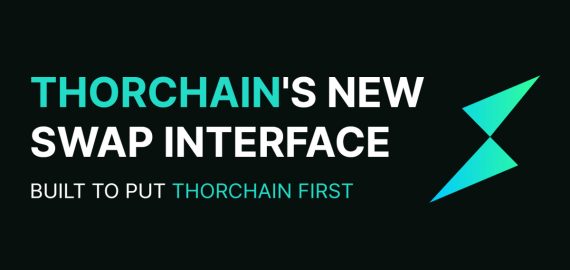How EigenLayer’s Free-Market Governance Model Is Changing Ethereum’s Security Landscape


In Brief
EigenLayer, a decentralised Ethereum protocol, enables Ether holders to “restake” their ETH holdings, enhancing crypto security and addressing challenges faced by programmers in creating DApps on the Ethereum network.
The decentralised Ethereum protocol EigenLayer presents a novel idea known as “restaking.” It tackles a few of the most important difficulties that programmers run into when creating DApps on the Ethereum network. EigenLayer allows Ether (ETH) holders to “restake” or transform their ETH holdings to further secure other network applications. This creates a pooled security system that expands Ethereum’s consensus to cover new protocols. This creative method contributes to the creation of an integrated Ethereum system and increases crypto security.
How Does Restaking Work?
People can use restaking to increase their earnings from staked Ethereum while also enhancing the platform’s security and services. In order for EigenLayer to function, users must choose to activate smart contracts that use their staked ETH for extra security measures. These transformed assets offer a security layer that these applications can rely on and can be used to validate various infrastructure options.
In the conventional Ethereum proof-of-stake model, users who stake their ETH usually get a liquid staking token (LST) that represents the assets they have staked. Through a procedure called “LST restaking,” users of EigenLayer can use these tokens for restaking, which keeps them earning rewards for staking while also securing other applications.
By a technique known as “native restaking,” EigenLayer further enables users to restake their ETH that has already been staked. Users who engage in the native process enable EigenLayer to stake their ETH in more apps, expanding the security pool available to other DApps.
Benefits and Drawbacks of EigenLayer
The restaking idea from EigenLayer has a number of noteworthy benefits, such as increased security, more passive income streams, and higher developer success rates. Restakers have the opportunity to profit from more substantial returns while bolstering the security of the Ethereum ecosystem because they can receive rewards from both conventional staking and restaking via EigenLayer. EigenLayer can also encourage the development of creative projects by lowering the cost of bootstrapping new security networks by offering a shared security pool.
Still, there are drawbacks to take into account. While the reduced risks connected with restaking might increase the financial hazards for players, the additional complexity of restaking may make it more difficult for less technical users to get started. Restakers need to be cognizant of the additional dangers and vulnerabilities brought about by restaking, since they are vulnerable to new cutting circumstances via EigenLayer.
Using EigenPods for the Portfolio Management
EigenLayer uses EigenPods, which are smart contracts, to provide a simplified asset management solution. For the purpose of managing their restaking procedures, including deposits, withdrawals, and other associated operations, restakers can utilise these smart contracts as a central hub. Restakers may conveniently manage their assets and keep track of their network contributions with EigenPods.
Retaker points are awarded according to the number of retaken assets and the duration of their lockdown. Depending on the kind of withdrawal, there are different gas fees and escrow periods associated with both partial and complete withdrawals of staking rewards.
The Effect of EigenLayer on the Security Model of Ethereum
It tackles a few of the security issues that the Ethereum environment has by nature. EigenLayer lowers the danger of fragmented security and the possible vulnerabilities associated with smaller security pools by offering a uniform security pool through restaking. A more resilient Ethereum network with fewer points of failure and a greater barrier to entry for malevolent actors may result from this unified approach to security.
Disclaimer
In line with the Trust Project guidelines, please note that the information provided on this page is not intended to be and should not be interpreted as legal, tax, investment, financial, or any other form of advice. It is important to only invest what you can afford to lose and to seek independent financial advice if you have any doubts. For further information, we suggest referring to the terms and conditions as well as the help and support pages provided by the issuer or advertiser. MetaversePost is committed to accurate, unbiased reporting, but market conditions are subject to change without notice.
About The Author
Victoria is a writer on a variety of technology topics including Web3.0, AI and cryptocurrencies. Her extensive experience allows her to write insightful articles for the wider audience.
More articles

Victoria is a writer on a variety of technology topics including Web3.0, AI and cryptocurrencies. Her extensive experience allows her to write insightful articles for the wider audience.

















































